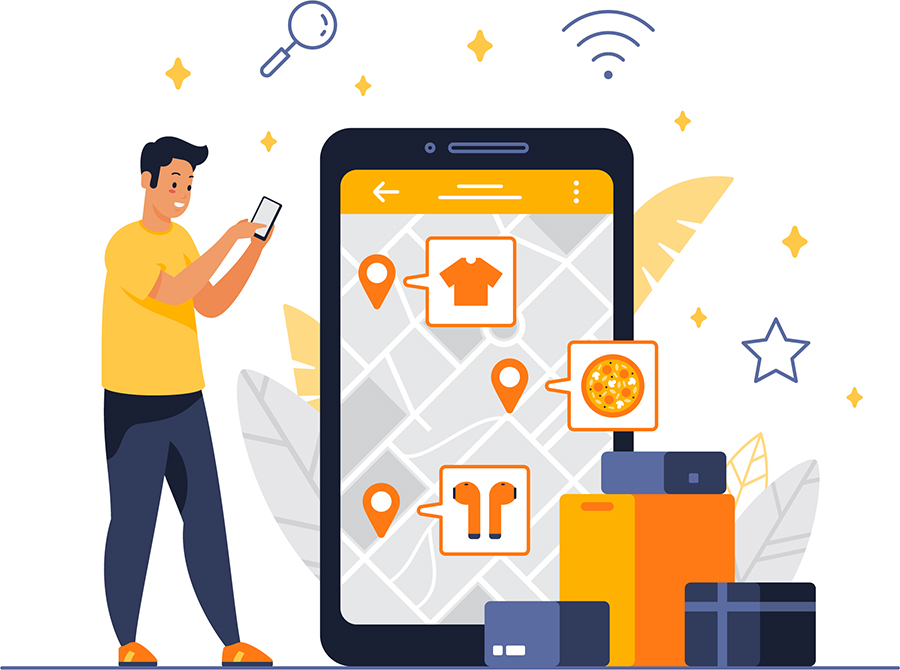Faculty Research

In his paper, “Effectiveness of Location-Based Advertising and the Impact of Interface Design,” published in the Journal of Management Information Systems, Molitor and his co-authors studied how smartphone users in rural, suburban, and metropolitan Germany responded to offers from a mobile-couponing app that uses location-based advertising to offer customers discounts for businesses in their area. Their findings confirmed that users are more likely to pick an establishment that is nearby, but also pointed to some unusual consumer behavior.
Over the course of two and a half months, the researchers then conducted a randomized field experiment with four groups of first-time users. Each group used a version of the app that presented a different combination of the two main features: the businesses’ exact distance away from the customer and the sorting of the offers from closest to farthest.
“We showed that consumers react differently to the same discounts depending on where and how the discounts are provided,” Molitor said. “Specifically, we show that there are signs of overconfidence regarding the actual store distances when [consumers are] confronted with offers that are distance-based, but lack actual distance information.”
In other words, if you used your phone to search for discounts on clothing and receive coupons for stores nearby that don’t disclose their exact distance away but appear in a list beginning with the closest, according to this study, you would most likely pick one of the first coupons. Molitor describes this as a “behavioral bias.” Since you are confident that you know the area well, you believe that any discount in the list wouldn’t be far away.
Additionally, the study revealed that when a business’ exact distance information was included in the offer, it affected the customer’s choice to a larger degree than if the coupons were listed randomly. Without the ranking in place, the users’ choices of coupons were more evenly spread.
A considerable amount of mobile marketing is “mobile push,” or advertisements that are sent passively to your phone or email. However, Molitor studies users’ active search behavior, or “mobile pull.”
“For retailers, hospitality, and leisure firms, it is important to understand how consumers interact with their mobile devices, and how mobile devices are used to search for product information, including discounts,” Molitor said. “Our study allows firms to optimize the presentation of mobile in-app product content to consumers.”
Molitor’s study shows retailers the impact of how the use of smartphones and a mobile app’s layout and location-based GPS functionality can drive business into their shops when the discounts reach local clientele.